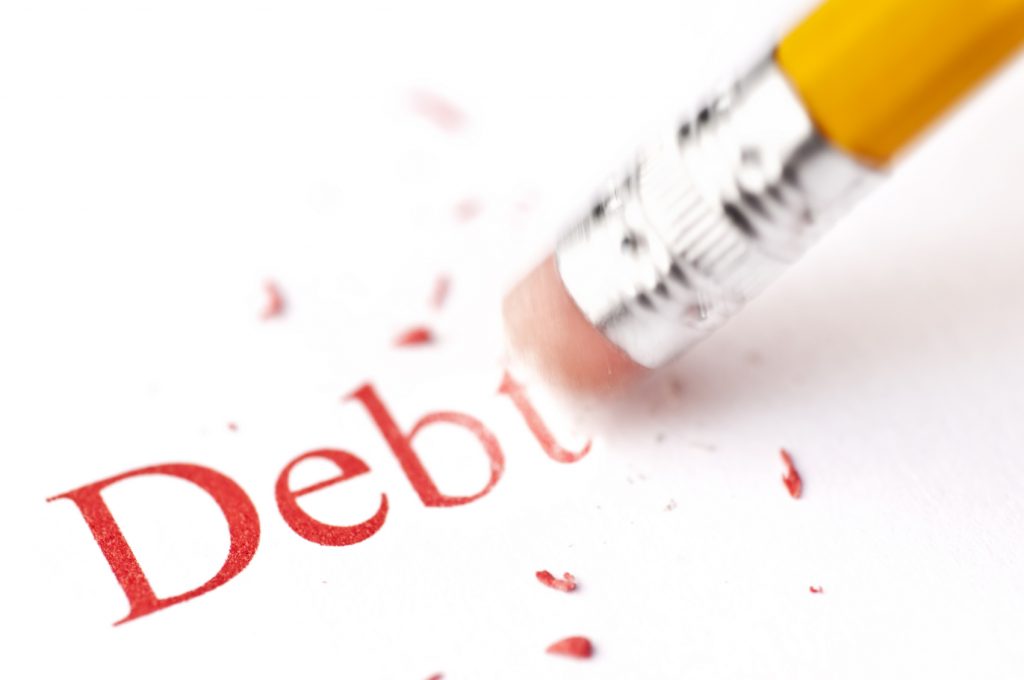Measuring the True Cost of Your Debt
If used right, credit can be a positive financial instrument to either get you out of a temporary (or long-term) financial tight spot, or to even use as a very effective wealth creation tool. That’s why big corporations, especially those which are active in the financial sector, don’t even flinch when what seems like colossal numbers are reported in line with how much debt they have.
I mean to you and I, it’s unimaginable that someone, even an entire company, can be in debt to the tune of a couple billion pounds. Even though that’s an extreme case, collectively the amount of debt some people and corporations are happy to have points to their ability to work out the true cost of their debt and then subsequently derive some good value out of the way in which they use debt.
I mean to you and I, it’s unimaginable that someone, even an entire company, can be in debt to the tune of a couple billion pounds. Even though that’s an extreme case, collectively the amount of debt some people and corporations are happy to have points to their ability to work out the true cost of their debt and then subsequently derive some good value out of the way in which they use debt.
If it ever gets to a stage where you’re drowning in debt then that’s a sign of the credit you make use of not adding any value to your financial situation as an extension of not having measured the true cost of your debt effectively. It’s otherwise very simple in that you should only borrow money you’re sure you can pay back and if borrowing is a matter of urgency, then at the very least – at the very least make sure the true cost of the debt isn’t taking your financial situation backwards.
A simple example would be that of charging some groceries you buy a couple of days before your next payday to your credit card, in comparison with a shopkeeper who uses credit to stock up on some in-demand inventory they’re sure to sell during a specific imminent high season or store run. The former is an example of debt that just costs too much, while the latter scenario is a great example of debt that even goes as far as adding more value to one’s financial setup.
Those are just very basic examples, but in order to measure the true cost of your debt you need to factor-in all associated costs, some of which may not be as obvious as say the interest you’ll be paying on the credit you took out.
Add Transaction Costs
Transaction fees are a silent killer of finances, often mistakenly overlooked by people whose delicate relationship with debt can be just a matter of a few pounds away from causing a complete financial disaster. If you’re borrowing a substantial amount of money from a different banking institution to the one you’re using for instance, cross-banking fees apply when you get the money you’re borrowing and every time you make repayments, especially if the repayments are automated.
Transaction fees don’t only take the form of actual transaction charges levied by the financial institutions you’re dealing with. If you’re borrowing a relatively modest £200 from a friend who lives across town, the fuel you’ll spend driving there and back forms part of the transaction costs. These types of tiny little costs can be very well hidden during the whole process, but they can really add up and they can also snowball into problems of debt growing to unmanageable levels.






